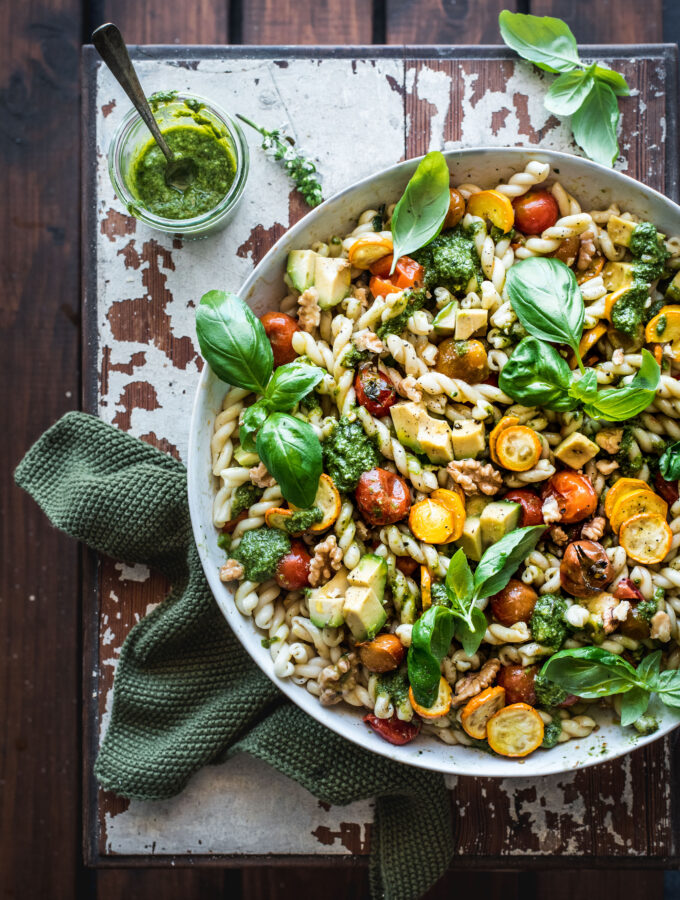
Please do not litter – compostable packaging is not expected to break down when discarded in the environment, and is not a solution to marine pollution.In landfill, studies have shown that compostable packaging is inert and does not give off methane.Incineration studies from NatureWorks, a key materials supplier of ours, show that their PLA bioplastic produces more heat than newspaper, wood or food waste also that it produces no volatile gases and leaves little residue. Some in the waste sector prefer plant-based materials over conventional plastics as they give off fewer toxic gases. If Vegware is incinerated, energy is produced. General waste goes to either incineration or landfill.Another reason is that food waste harms the quality of mechanical recycling – the same applies to any used foodservice disposables. Used Vegware should NOT be placed in standard recycling bins which collect paper, plastics and metals, as those materials go to a different type of sorting facility.Vegware’s takeaway packaging is made from plants, not plastic, using lower carbon, renewable or recycled materials, and these sustainability benefits still apply no matter what happens to them after use. Where there is no access to industrial composting, used Vegware should be put in general waste. Our Environmental team offer our clients unparalleled zero waste support – see point 2 in our Composting FAQ. Vegware’s compostable catering disposables can biodegrade in under 12 weeks in commercial composting, which provides the perfect balance of microbes, moisture and warmth. Implementing this scheme has involved helping farmers to alter their growing practices for greater sustainability. Greenhouse gas emissions on farm level.Social sustainability (child labour, workers protection, labour condition, land rights, training, water rights).Environmental protection (protect natural vegetation & water courses, soil erosion, soil organic matter).Agricultural practices (fertilizer & pesticide use, storage, disposal, tillage practices, equipment calibration, irrigation).



Only lobster larger than a legal minimum can be taken, and no lobster at all can be caught between June and October. Known as the king of the crustaceans, lobster is an important New England seafood delicacy, and harvesting it is controlled by strict, detailed regulation.


 0 kommentar(er)
0 kommentar(er)
